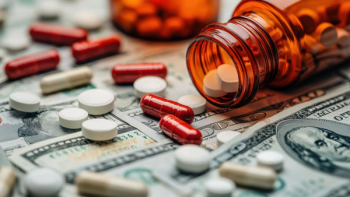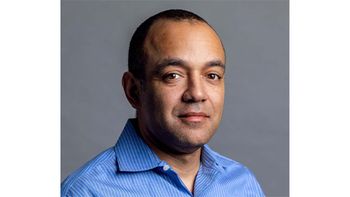
- Pharmaceutical Commerce - July/August 2012
The clear and present danger of counterfeit drugs
Prospects for international policing of counterfeit drugs is dim
American TV crews were in Winnipeg this spring continuing their investigation of sales of counterfeit versions of the cancer drug Avastin into the American market. With such attention focused on the failings of the North American drug wholesale market, there is little doubt that the US Food and Drug Administration and other US and Canadian authorities will pursue any guilty parties to the fullest extent possible.
If, as seems likely, the North American traders did not know the Avastin they sold was fake, then they may have broken some regulations, but are not really the guilty parties. To find those who passed off industrial solvents as oncology products, we have to look to Europe and beyond, where the fakes first entered into the supply chain. And that appears to be in the Middle East, most likely in Egypt or possibly Syria, where the product was probably made. With political uncertainty in Egypt and political violence in Syria, a thorough investigation is not likely to occur soon. But recent contact with a source in Amman and my own past investigations for my book, Phake: The Deadly World of Falsified and Substandard Medicines, lead me to believe the source is likely to be part of a large criminal network of drug counterfeiters, based in Dara’a, Syria, with major production capability across the region.
The US government obviously has no jurisdiction in, and little likelihood of cooperation with, many countries in the Middle East, but these countries want to protect their own people, or at least not allow their own nationals to indiscriminately kill. And it is that self-interest that US policymakers should be harnessing.
At least a third of the nations in the world do not have legislation explicitly making the manufacture and trade of fake medicines a crime, and another third either have weak laws or strong laws, but with arbitrary or inconsistent enforcement. It is unknown how many nations have very poor regulatory agencies, but it may well be more than half of those in emerging markets. Tens of thousands of people probably die every year from lethal fake medicines, mainly in countries where those making and selling the products are not guilty of a pharmaceutical crime (the guilty might occasionally be charged with another crime like fraud or manslaughter, but rarely will a poor performing drug be identified as the cause of death). In addition, thousands more die from drugs that are substandard, sold by legitimate firms that can only sell their products in countries with no proper market surveillance. Helping nations understand these problems, and the first steps required to combat them, is a worthy effort.
The US State Department is not standing in the way of improving international public health law against fakes, but it is not actively prioritizing it. Similarly, the US Agency for International Development donates funds to US Pharmacopeia, to improve drug regulatory capacity in emerging markets. The program is doing good work, and saving lives, but with a budget of only $7 million a year, there is only so much it can do.
Of course, those benefitting most from an improvement in domestic laws across the Middle East and other emerging markets will be those living in those regions. But it might just save our lives too, if far fewer counterfeit and substandard products make it in to the global supply chain. Self-interest is, after all, a far stronger and more effective tool than preaching from afar. The Beijing and Delhi governments are beginning to act against fake and substandard drugs within their own markets, but both governments still condone the export of products that would not pass muster at home. At least India is demanding serialization of products for export, which may improve export quality. Beijing is unlikely to do likewise, and from my own research, Chinese export products are worse than those taken domestically.
Until the political and legal landscape to combat poor quality drugs catches up with the current global nature of the drug trade, more and more people will be killed by such products. Most likely, change won’t come until disaster strikes with such obviousness that inaction becomes politically impossible—recall the heparin scandal of 2008—9—but far, far worse.
ABOUT THE AUTHOR
Dr. Roger Bate is a Resident Scholar at the American Enterprise Institute. His book Phake: The Deadly World of Falsified and Substandard Medicines was published in April (
Articles in this issue
about 13 years ago
People on the Move-July/Augustover 13 years ago
Social media sites are stuck on a plateau among physiciansover 13 years ago
2012 PDMA Sharing Conference previewover 13 years ago
More than just apps: how the cloud helps meet operational goalsNewsletter
Stay ahead in the life sciences industry with Pharmaceutical Commerce, the latest news, trends, and strategies in drug distribution, commercialization, and market access.





